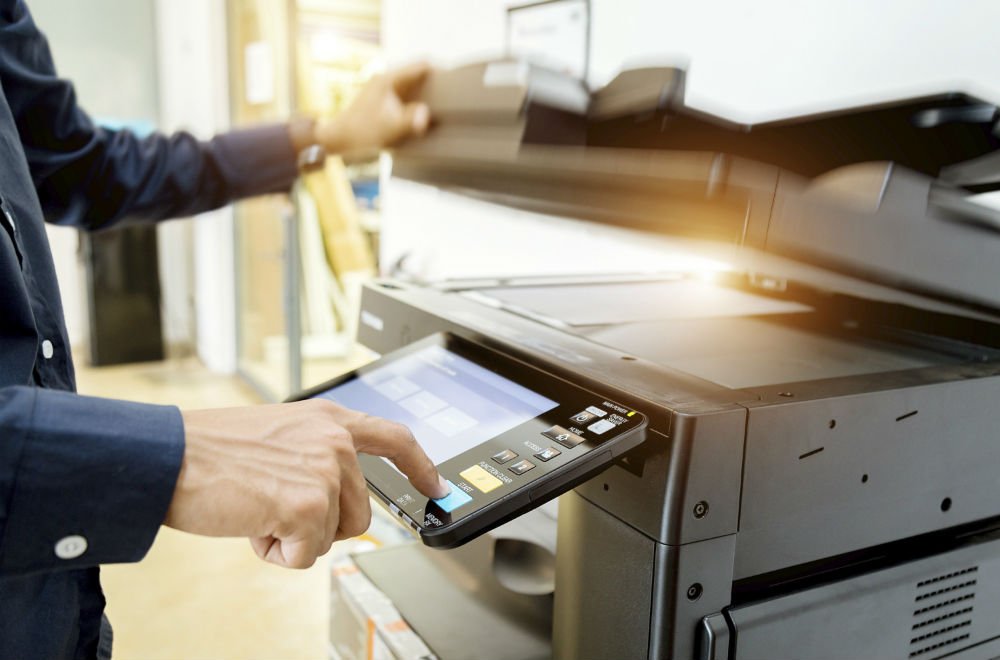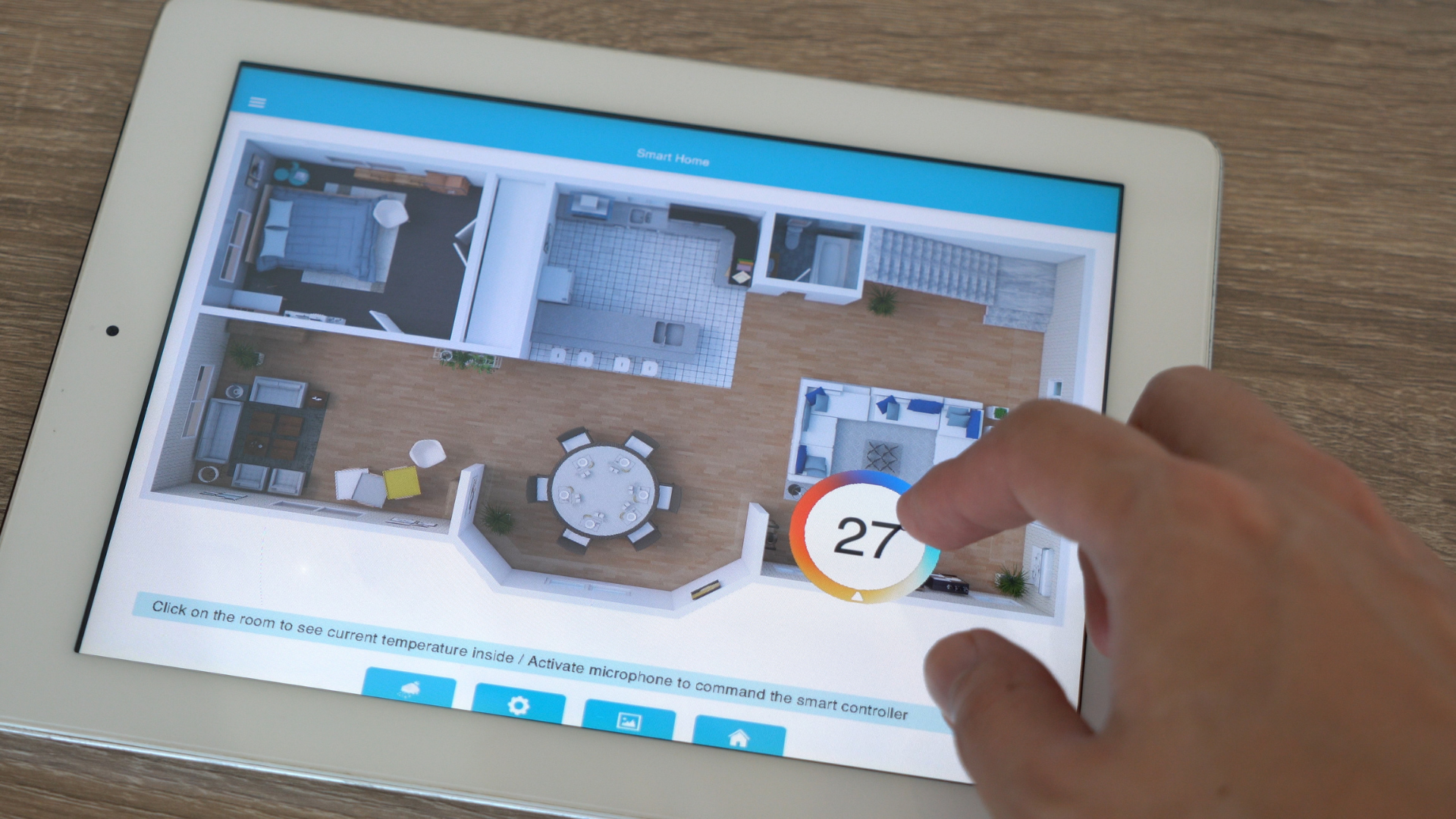From the early days of cumbersome machines to the sleek, multifunctional devices we have today, the ways in which photocopying has changed over time are truly remarkable. In this blog, we will explore the fascinating journey of photocopying technology.
First Copy of a Document Made
It was on 22 October 1938 that the first ever copy of a document was made. Chester Carlson was to use static electricity, which he created with a handkerchief, together with a light, dry powder. It was not, however, until 1959 that a copier found its way onto the market.
First Photocopier Machine
The first photocopier, which was approximately the size of a desk, was released by Haloid Xerox on 16 September 1959. It was called the Xerox 914 Photocopier. It was demonstrated live on television that year. The advantage it had was that there was then no need to write or type out the same document several times, an exact copy could be made. Before computers and printers were used in offices it was the invention that saved much time.
Nowadays, photocopiers can be found in practically every office. They are extensively used and built to print hundreds of thousands of copies. This number, of course, is possible only when these complex machines are properly maintained and regularly fine-tuned using the expert services of photocopier repair companies. And of course, better and better photocopies are being developed with time, making the work of printing and copying faster and more accurate. Needless to say, they are an integral and indispensable part of office life now.
Scanners
Following the invention of scanners, documents could, instead of being photocopied, be scanned into a computer, and then printed out the required number of times. It is a different process but creates the same effect. That is, you can produce as many copies as you like of your document.
The first scanner was developed for computer use in 1957. It was a drummer scanner and built at the US National Bureau of Standards. This team was led by Russell A. Kirsch. This first ever image scanned was a 5cm square photograph of a boy named Walden. He was Kirsch’s 3-month-old son. However, it was not until the 1980s when scanners, as we know them today, entered the market. The quality of the scanned images obtained very much depended on the resolutions possible. These were, and still are, measured in DPI. That is, dots per inch. This resolution figure remained lowed up until the late 1990s. As the technology improved, what you produced would look more like what you had scanned. It was then that scanners could replace, if not be combined with, photocopier technology.
Mobile Phone Cameras
Today, of course, mobile phones are also being used to make copies of documents, which can then be sent instantly to someone else as a message, post, or email. Any section of these images, be them text or a photograph, can be zoomed onto for closer inspection. Computerized images of signatures can be incorporated into contracts.
The first ever camera-enabled mobile phone was the Samsung SCH-V200, which was available in June of 2000. Sharp Electronics would later bring out their J-SH04 J-Phone in November of that same year. As mobile phones turned into Smart Phones, the sending of anything photographed was to become possible. It was like having a photocopier in your pocket.
3-D Printing
In the mid-1980s, photocopying of a 2D document was to be taken a stage further. Charles W. Hull would use the technique of stereolithography and create the first 3D printer. This would mean that a 3D object was not just photocopied but re-created in its 3D form. The materials used in this process include ABS plastic, glass filled polyamide, PLA, polyamide (nylon), photopolymers, polycarbonate, silver, steel, stereolithography materials such as epoxy resins, titanium, and wax.
So, photocopying still exists in 2D, albeit much of it represented as digital images, and now 3D technology allows for the reproduction of physical multi-dimensional objects to be re-created in a range of materials.





